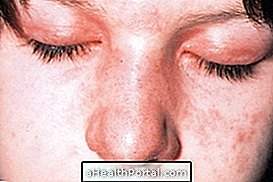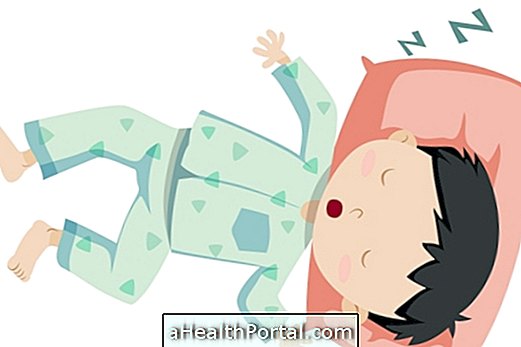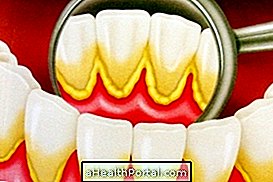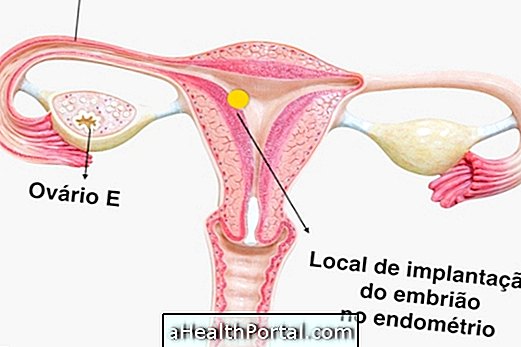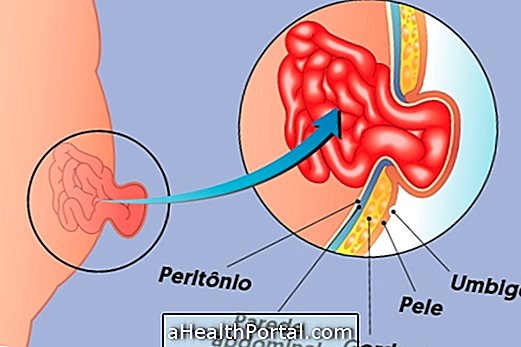Proteus Syndrome is a rare genetic disease that causes the overgrowth of bones, skin and other body tissues, causing the appearance of gigantism of various limbs and organs, especially in the arms, legs, skull and spinal cord.
Generally, newborns with Proteus Syndrome do not have symptoms of the disease, and the first signs begin to appear around the 6 to 18 months of age.
The Proteus Syndrome has no cure, but some deformations can be corrected with surgeries to improve patients' body image, avoiding psychological problems such as social isolation or depression, for example.
Pictures of Proteus Syndrome


How to Treat Proteus Syndrome
There is no specific treatment for the treatment of Proteus Syndrome, and the doctor usually seeks to control the symptoms of the disease through surgeries and specific remedies for each.
Thus, it is necessary that the treatment be done by a multidisciplinary team of health professionals that can include pediatrician, orthopedist, plastic surgeon, dermatologist, dentist, neurosurgeon and psychologist, for example.
Learn more about treatment in: Treatment for Proteus Syndrome.
Causes of Proteus Syndrome
Proteus syndrome is caused by a mutation in the ATK1 gene that arises spontaneously during fetal development. Therefore, the Proteus Syndrome is not hereditary, not from parents to children.
Symptoms of Proteus Syndrome
The main signs and symptoms of Proteus Syndrome include:
- Deformations in the arms, legs, skull and spinal cord;
- Body asymmetry;
- Excessive skin folds;
- Problems in the column;
- Longer face;
- Heart problems;
- Warts and coffee-colored spots with milk on the body.
In addition, some patients may also have other symptoms such as intellectual difficulties, seizures, or loss of vision. However, in most cases, patients normally develop their intellectual capacities and can lead a normal life.
